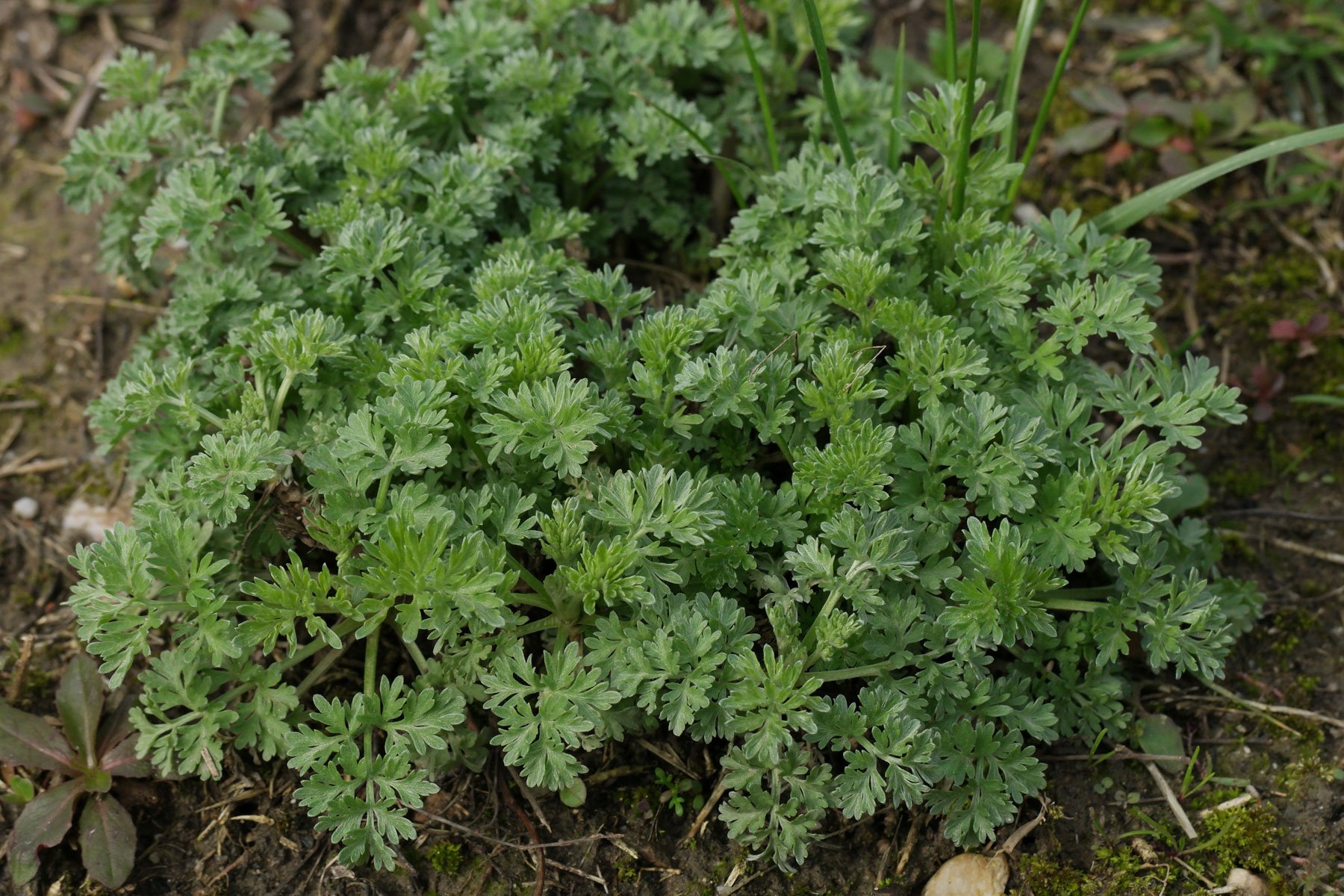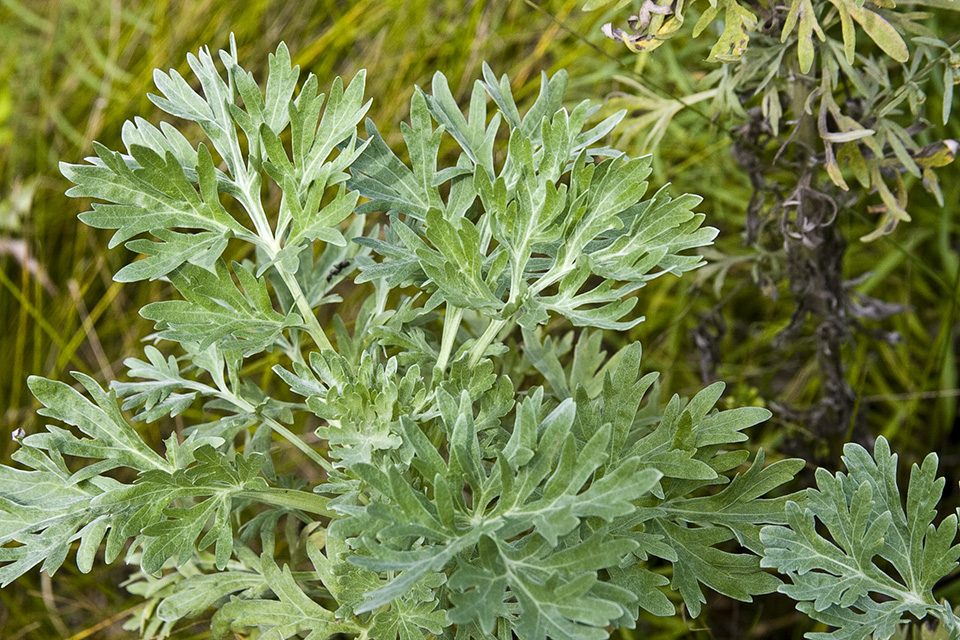

In the last decade of the twentieth century several studies conducted by various scientists conclusively proved that the thujone content in pre-ban absinthe was within tolerable limits. However, due to some unsubstantiated rumors and misconceptions, prevalent during the temperance movement in Europe, absinthe was banned by most countries in Western Europe. It was a very popular drink amongst writers and artists. One of the reasons for its popularity was that it offered drinkers a clear headed inebriation unlike any other drink at that time. Absinthe had high alcohol content and soon became the favorite drink of Europeans. Pierre Ordinaire invented absinthe as a digestive tonic in the late eighteenth century. The wormwood plant was also used to stimulate appetite.Ī French doctor Dr. Wormwood is known for its medicinal properties and has been used to treat several gastrointestinal ailments since ancient times. Ideally, the wormwood plant is harvested just before flowering as the thujone content in the plant is the highest at this time.

Wormwood grown from the alpine slopes is considered to be the best. Wormwood is native to the Mediterranean regions of Europe and Asia however, it also grows in many parts of North America. It is bitter to taste and contains a chemical compound thujone, thujone is believed to be responsible for absinthe’s unique effects. Wormwood is the main constituent in absinthe that very much defines absinthe. Of all the herbs the most important is wormwood or grande wormwood (Artemisia absinthium). Herbs such as Roman wormwood, Melissa, Roman chamomile, veronica, and mint are used for adding color, aroma, and flavor. The taste enhancing herbs include calamus, hyssop, star anise, angelica and coriander. A second group of herbs are used for enhancing absinthe’s taste and the last group of herbs is used for aroma and flavor. Recent new discoveries have proved rather conclusively that absinthe does not contain harmful levels of thujone.Ībsinthe is made from several herbs, the main herbs being wormwood or Artemisia absinthium, anise, and fennel these three herbs are the primary herbs and are also referred as the “holy trinity”. Absinthe, one of the finest of liquors ever made had been wrongfully banned for almost a century, is making a grand comeback in many European countries as more and more governments are once again legalizing absinthe. Absinthe has been shrouded in mystery mainly because of the wormwood component that is necessary to make absinthe.

No drink in the history of mankind has been so vilified as absinthe.


 0 kommentar(er)
0 kommentar(er)
